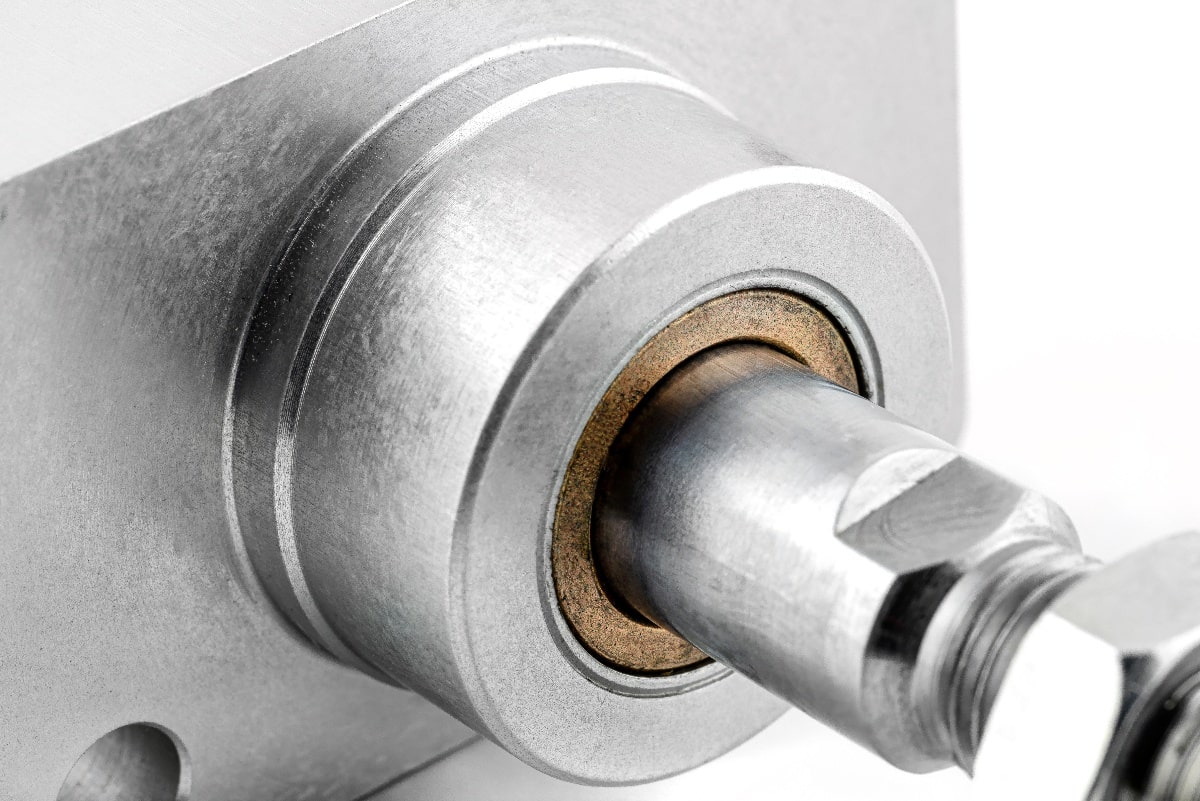
Most of the time, an aluminum-housing cylinder works just fine for industrial and manufacturing equipment design. Aluminum is strong and lightweight and adapts nicely to a wide range of applications and configurations. But not all. There are certain applications and environments in which stainless steel is the preferred–or, in some cases, the required–alternative.
Food grade sanitation
Food processing requires the highest level of sanitation because human health is at stake. Both the FDA and the USDA govern various aspects of food production and processing in the US, and both require stainless steel to be used for food processing equipment to ensure the most hygienic environment possible.
Stainless steel meets higher standards because it is very hard, not porous, and can provide a smooth, seamless surface that deters build-up of contaminants such as mold, bacteria, or other microorganisms.
Along with these factors, stainless steel is highly impact- and corrosion-resistant, making it easier to clean and better able to withstand harsh washdown protocols, which often include caustic chemicals as well as high pressure.
Not just for human consumption
“Food grade” applies to more than food and beverage processing. Pharmaceuticals, medical devices, semiconductors, and other types of manufacturing also require unstintingly clean environments. In some industrial or manufacturing environments, the problem may be dust, dirt, mud, salty marine air or seawater, or any number of other potentially corrosive or contaminating elements.
Stainless steel cylinders are the go-to choice in all these settings.
It’s also important to remember that, for applications that require stainless steel cylinders, other components also have to meet the same stringent environmental standards. For example, if the seals are not made of appropriate material, they can underperform or fail, leaving equipment and production processes open to contamination. Specialized seals are available for food grade and heavy washdown applications.
Stainless steel meets both ISO and NFPA specifications
NFPA actuators that are most commonly used in the US come in multiple styles and configurations that can be made from stainless steel. However, some American manufacturers use imported industrial equipment designed to comply with ISO standards. And others produce equipment aimed at European or other international markets where ISO compliance is required. For these applications, three of Artec®’s 9001:2015 certified designs offer stainless steel cylinders that are ideal for food processing:
Making the right choice
Most applications and operating environments do not require the special advantages or protections of stainless steel. But for those that do require food grade sanitation or where harsh wash down or environmental conditions exist, stainless steel becomes essential. Still, you need to select the right actuator for the job at hand, and that requires considering more than the primary material. If you have questions about style or configuration, we’re here to help you get it just right.


